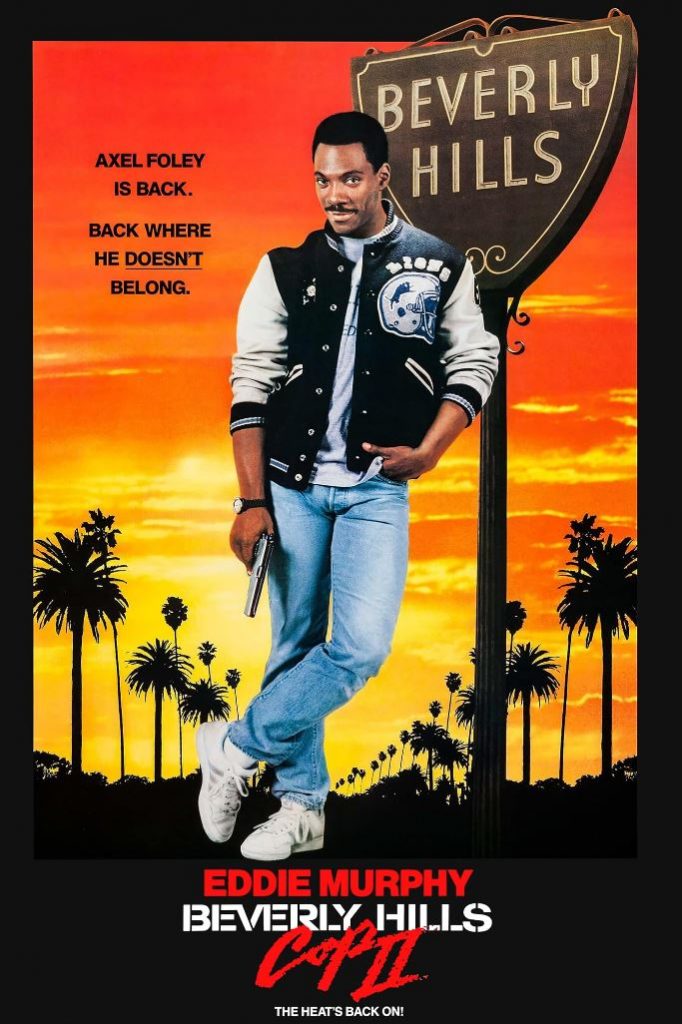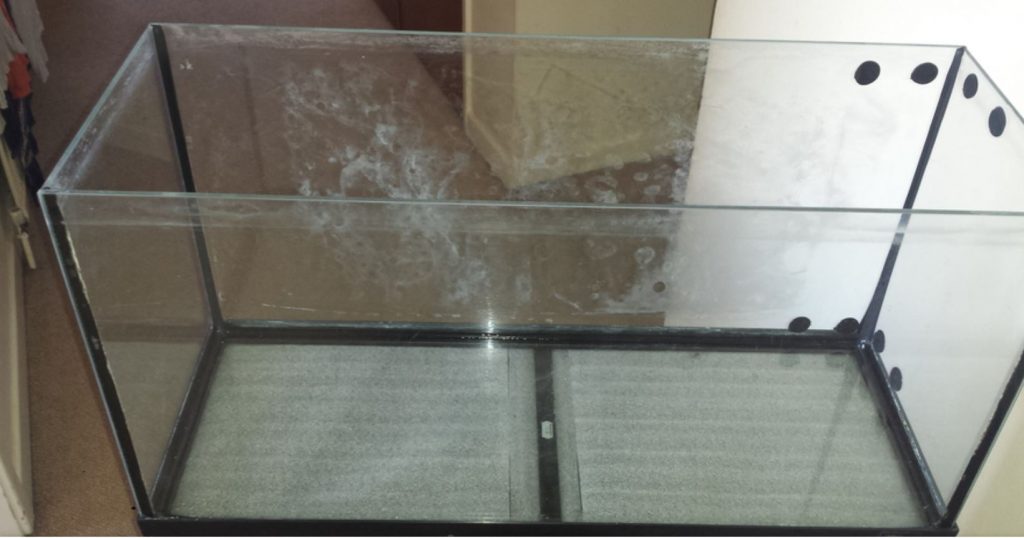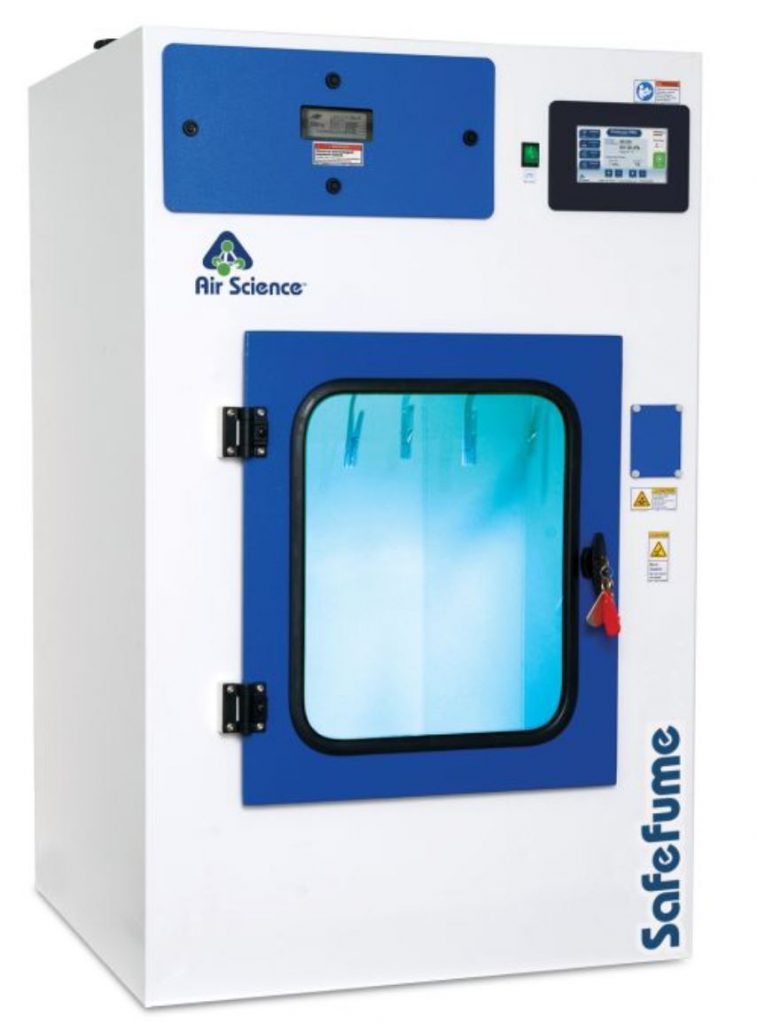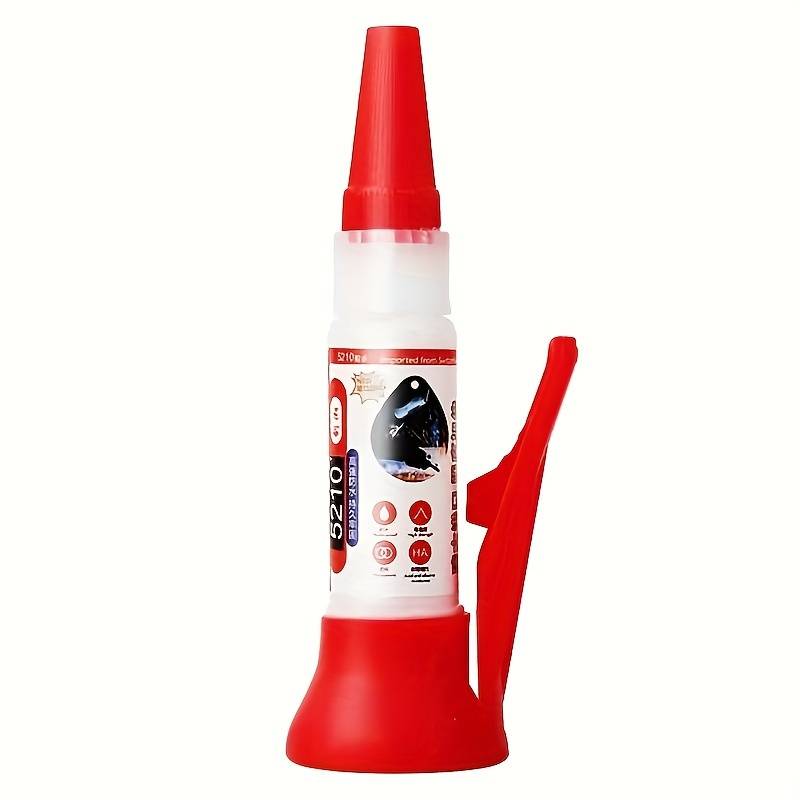By Lisa Black

Remember that scene in Beverly Hills Cop II where Eddie Murphy uses Judge Reinhold’s turtle tank and some superglue to develop a fingerprint on a matchbook? It was 1987, and that was not commonly known technology to the average viewer, who probably wondered if that actually worked.
As a forensic specialist of 25+ years, I can tell you—it does!
Though it would turn the print white, not black, and we never use it on paper or cardboard as it works better on less porous materials. But who cares, it was Eddie Murphy!

When I first started at the police department twenty-three years ago, an old fish tank with a lid is exactly what we used. The only technology we added was one of those electric mug-warming plates. We’d make tiny, shallow pans out of aluminum foil and drop in a dime-sized puddle of superglue, cover the tank, and plug in the mug warmer. In the ensuing years the equipment has improved: we now have a large chamber with a timer and a built-in hot plate that is set to warm to just the right temperature, and air pumps to create a vacuum inside. We have pre-made foil trays, and use powdered superglue instead of liquid.
The polymerized cyanoacrylate ester in the superglue deposits itself onto the oil, amino acid and water residue that makes up your fingerprint. It turns it plastic, basically. Just like dried superglue, it looks white. If the print is on a dark background, fine, but if it is on something white, or one of the umpteen bazillion transparent plastic drug-container baggies that the officers ask us to process every year, it’s not so easy. Ditto wildly colored backgrounds like Mountain Dew cans or candy wrappers. In that case we let the print sit overnight, at least, to get good and ‘polymerized’, and then we treat it with a fluorescent dye stain. It can be photographed with different wavelengths of light and colored filters to make the edges distinct.

Some fun facts about superglue fuming:
a) We use superglue on items that are more porous than glass or porcelain (black powder would be better) but less than paper or cardboard (ninhydrin or magnetic powder would be better). We use it mostly on metal and plastic—guns, tools, baggies, wrappers, hard storage cases. However, you remember what superglue does, right? It bonds things together…permanently. We could use it to process a laptop or a cell phone, but they probably won’t work any more. So if the owner is going to want it back, we will probably use black powder. It’s messy, but it washes off.
b) For that reason, though it’s the process of choice for guns, if it was a valuable one that belonged to some innocent person, I’d check with the powers that be before I’d drop it in the chamber.
c) Actually hang it in the chamber—you want the fumes to be able to reach all surfaces. We either suspend items from hooks or prop them up at an angle against the chamber sides.
d) Though they do it every week on television, in 23+ years, I have never gotten a usable fingerprint off a gun. I came close once, on a chrome finish. I believe my coworkers have, perhaps twice in my career. Guns are not good surfaces. They’re metal, grips are often hashmarked to prevent slipping, and surfaces are constantly interrupted by other surfaces.

e) According to forensic lore, the supergluing technique was invented at the Japanese National Police Agency. Two visiting policemen were shown a demonstration and watched the Japanese forensic technician use liquid from a small bottle. Not able to read Japanese, they didn’t know what it was. But that night they shopped around a convenience store and found the identical bottle, sniffed it, recognized superglue, and the technique came to America. [I can’t vouch for the truth of the tale, but that’s what I was told.]
f) Superglue does not destroy DNA. You could swab a superglued surface to obtain DNA, though of course it’s not ideal. We instead swab areas that we’re highly unlikely to get a usable print from anyway—the opening of a bottle or can, the very bottom of a gun casing—before we superglue for best results.
g) In my lab reports, I never write how I used superglue. I write ‘cyanoacrylate.’ It sounds fancier.
There! Now you know more about superglue than you ever wanted to! And Beverly Hills Cop II is still a fun movie.
Readers, what’s the craziest thing you’ve used superglue on?
















































I’ve long been fascinated by Lisa’s forensics training (and how she has woven some much of that into her terrific novels — they really need her as a consultant on some of these TV shows!). As for the use of Super Glue — I’ve tried to repair broken china, parts of shoes, and pieces of bookends….nothing as clever as the way Lisa uses it!!!
PS Superglue works great on fake or real teeth. Clean the surfaces with some alcohol, let dry, use a tiny half-drop, and that chip will stay attached to your bicuspid forever. As in forever, so this has to be done carefully and with steady hands.
OMG, I could never superglue my own teeth. My superglue efforts on fine China speaks for itself.
Medical doctors use Superglue, too, which always surprises me. I had stitches removed from my scalp and when the “healed” wound started bleeding again, the doctor used a few drops of Superglue. Crazy, amazing stuff! And Lisa, I always enjoy the forensics in your novels. I learn something new every time.
Very interesting. I once processed a “crime scene” at a hands-on forensic workshop. I was surprised what a mess we made lifting fingerprints from surfaces. Great write up, Lisa. Your job is fascinating!